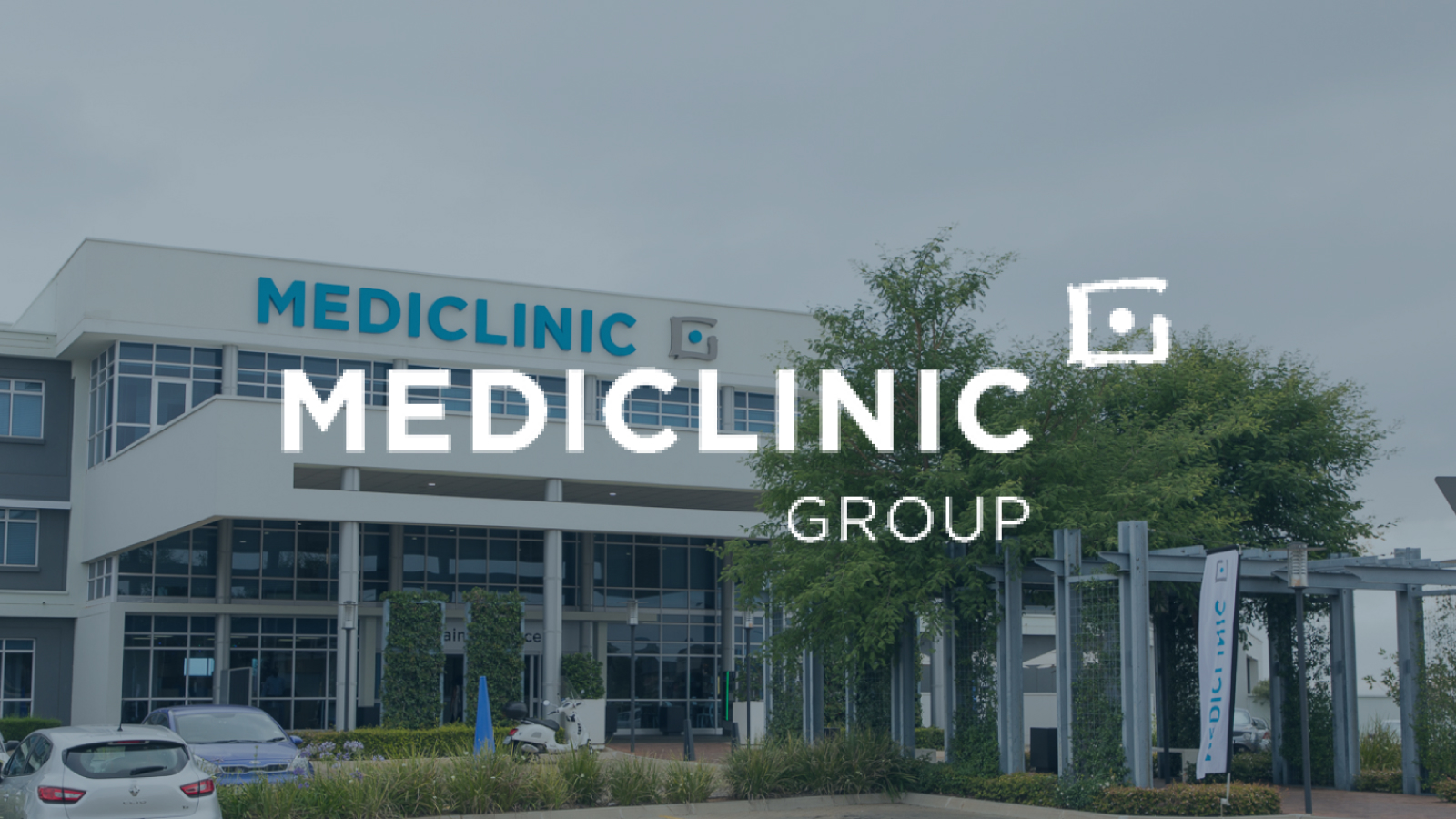When your mission is to improve your customers’ quality of life, smooth operations are mission-critical. “We have some 10 business units at Fresenius Medical Care, each with its own business models, drivers, and cost centers,” explains Kirill Barshevsky, who, as Director of Business Intelligence, helps ensure that Fresenius’ financial operations are coordinated and trouble-free. The 123,000-employee company runs more than 4,100 dialysis clinics worldwide, manufactures dialysis equipment and supplies in 40-plus plants, operates a health plan, and more. Finance operations are equally diverse: Business units have their own ERP systems, general ledger (GL) accounts, profit centers, and accounting methods. “It can be pretty challenging to speak the same language when consolidating our financials,” Barshevsky says.
To provide that common language, Fresenius implemented Anaplan in 2017. Barshevsky and his team have since created and refined dozens of Anaplan models to support finance, supply chain, and workforce planning, used by hundreds of people worldwide. The team continues to expand and fine-tune that environment as the business evolves.
One planning platform, many divisions and uses
Today, each Fresenius business unit or division has its own financial planning and analysis (FP&A) model in Anaplan, and some complex business units have several. “Fresenius Kidney Care alone has 10 models, because their P&L planning process is so complicated, and different parts of the business have different drivers,” Barshevsky explains. For example, revenue, medical supplies, and drug costs are each driven by different factors. For workforce planning, people costs are modeled and budgeted by the corporate finance team, while each division plans its own headcount – all in Anaplan.
Supply chain Anaplan models at Fresenius enable teams to plan demand for – and production of – drugs and equipment. These were largely created in response to a pandemic-related incident that required Fresenius to rush supplies from Asia to Europe by air, but now they’re used for ongoing operations. Today, supply chain managers use Anaplan to determine the warehousing approach that best balances inventory levels with demand and avoids costly rush shipping. Inventory-balancing Anaplan models are augmented by automated Anaplan solutions that help manage drug shipments to 2,700 clinics based on scheduled treatments, specific medicines required, and inventory on-hand at clinics. “Anaplan helps us ensure that the right drugs automatically arrive ahead of patient visits, so clinic managers don’t feel compelled to over-order perishable medicines,” Barshevsky says.
Data sources for Fresenius’ comprehensive finance, supply chain, and workforce planning environment include SAP Business Warehouse, Workday, and several other HR-related applications. The models themselves are built using consistent design standards and interchangeable parts. “Headcount planning uses the same core calculations across all 10 divisional Anaplan models, for example,” Barshevsky explains. “And although FP&A drivers vary from one division to the next, we employ standard approaches throughout the landscape.” Having a standard approach enables the corporate finance team to confidently consolidate financials from divisions that use a variety of business models. Consistency also supports career growth because people don’t need to learn new systems when they move between divisions.
Supporting multiyear digital transformation
Fresenius’ standard approaches are developed by an Anaplan Center of Excellence (CoE) led by Barshevsky. The people in the CoE build new Anaplan models, revise existing models as requirements change, and automate processes and integrations, all while keeping day-to-day operations running smoothly.
The CoE also plays a key role in making Fresenius future-ready. “Finance transformation is about standardizing planning and reporting – across North America first, and then the rest of the world,” Barshevsky says. “We already have a Connected Planning environment. Now, the connections are being improved with more granularity and detail, so as the organization evolves, everybody is speaking the same language.”
This multiyear transformation included deliverables along the way, with more-frequent planning in the various divisions being an early milepost. The ultimate destination is to transform data from numbers in a plan to actionable information that drives rapid, accurate decision-making at the corporate level.
Delivering treatments while ensuring growth
Barshevsky sees the benefits of Anaplan in three main areas: time savings, improved accuracy, and transparency. “We estimate that planning time across all divisions has been reduced by at least 30% since the implementation of Anaplan,” Barshevsky says. “More importantly, thousands of offline files have been eliminated. We have a single source of truth for each division’s financial plan residing within their respective Anaplan models.”
Because the Anaplan models are connected and share a single Data Hub, finance professionals can trace where data comes from and how it’s used. “Using the Anaplan platform for a variety of planning tasks enables friction-free, loss-free, automated data flows,” Barshevsky says. “And that enables the company to be more systematic, structured, and transparent in its operations.”
As a result, the company is more agile. “Some divisions have moved from annual forecasting to quarterly or even monthly forecasting,” Barshevsky notes as an example. “We couldn’t do that before we had Anaplan.”
Ultimately, agility helps Fresenius better serve patients. “We use Anaplan to plan the staff and the materials we need to serve patients,” Barshevsky concludes. “That’s how Anaplan helps us to deliver lifesaving treatments while ensuring company growth.”





